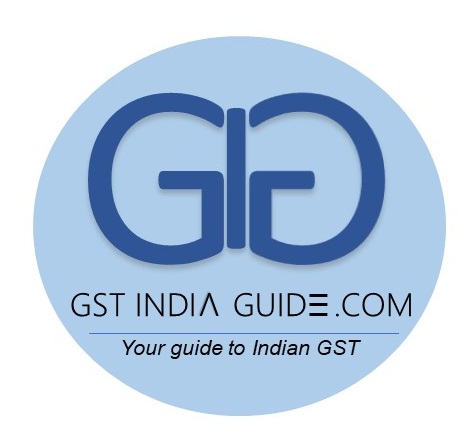“The GST Council should stick to the original mandate of a uniform, simplified rate structure and uniform tax administration”
Centre gets cold feet
It is important to remember that States lose their fiscal autonomy under the GST. They will now have limited powers to raise their own revenues and will be entirely dependent on transfers from the Centre. The GST Council guaranteed that States would be compensated for any shortfall in their tax revenues for a five-year period. Essentially, this implies that the Centre will now bear all the risk of tax revenues under GST. This has made the Centre very nervous. In a bid to hedge its risk, the Centre proposed that there be an extra cess on ‘luxury’ goods equivalent to the difference in the current tax rate and the maximum GST rate of 26 per cent. If this is implemented, this would mean six different cess rates on nearly 40 different goods, ultimately leaving us with 10-12 different tax rates in the country.
Finance Minister Arun Jaitley argues that multiple rates are necessary in an unequal society such as India. Wasn’t India as unequal when he pitched GST as ‘one nation, one tax’ just three months ago? If the very premise for States to sacrifice their fiscal autonomy was in the larger interest of a ‘one nation, one tax’, the cess proposal is a betrayal of that promise. NITI Aayog Vice-Chairman Arvind Panagariya has defended the cess proposal by saying “there is no tax theorem that two tax rates are better than four”. This seems to question the very premise for a GST since there is then no proof for the theorem that ‘one nation, one tax’ is better than ‘one nation, 29 States, 25 different tax rates’ either.
A cess-infested GST would neither be a “Good and Simple Tax” nor would have “Good Sense Triumphed”, as former Finance Minister P. Chidambaram put it. The States have rightly rejected this idea.
Questions that need quick answers
The GST Council is now faced with a few big questions ahead of its next meeting on November 3. What tax rates will maximise revenues and minimise inflation?
The committee headed by Chief Economic Adviser Arvind Subramanian has long agonised over optimum tax rates to arrive at an 18 per cent recommendation. It is best to stick to this structure and have one slab below and one slab higher than this standard rate, other than a 0 per cent rate for some essentials. Leave the rest to the promised buoyancy of tax revenues under the GST regime.
What should the Central government do if GST collections fall short? It is clear that the Central government has to fulfil its obligations to States in terms of revenue compensation in full earnest. If there is a shortfall, the Centre will have to bite the bullet and indulge in additional borrowing. This borrowing can be considered an exceptional item and excluded from the calculations for the Centre’s fiscal responsibility goals under the Fiscal Responsibility and Budget Management Act. This will ease the pressure on the Centre which can then issue bonds to raise additional financing from both domestic and international sources to fulfil its GST obligations. To be sure, this solution is a mere technicality and will put additional short-term pressure on monetary policy and crowd out corporate credit. In the impossible trinity of guaranteeing revenues for States, clean GST and fiscal discipline, something’s got to give! Which goods and services will fall into which tax slabs across the country?
Luxury goods and essential goods
This is perhaps the toughest task of the GST Council complicated by the stark economic diversity of India’s States. Six States account for as much economic activity as the remaining 23 States of the country. The average household in Bihar and Tamil Nadu consumes the same amount of cereals every month. However, the average household in Tamil Nadu consumes twice as much eggs, fish and meat as its Bihari counterpart. A majority of households in Kerala use branded toothpaste, possess a television in their homes and eat branded biscuits but not in Uttar Pradesh or Rajasthan. What may be luxury goods in one State may be essential goods in another. The GST is an indirect tax and will affect the poor and rich equally. Protecting the poor from an unduly heavy tax burden can perhaps be best achieved through a low uniform rate for most goods except ‘elite’ and ‘sin’ goods.
Who will collect these taxes: the States or the Centre or both? The promise of a GST is not only a uniform rate structure but also uniform tax administration to enable better compliance. This means that taxpayers should as best as possible have just one interface for their integrated goods and services tax administration. Since GST is a destination tax, collection of these taxes is best left to the States. Perhaps audit and enforcement functions of a GST regime can rest with the Centre.
The GST Council shoulders India’s nearly Rs.10 lakh crore indirect tax burden. It is an enormous responsibility to carry along extremely diverse States and transition smoothly to a unified ‘one nation, one tax’ regime. In that sense, this is not very different from the gargantuan task that our founding fathers faced in unifying 565 princely states into the Republic of India. Let this weight of history be the motivating factor for the GST Council in its future meetings, not Arthur Laffer and his paper napkin!
The Hindu, 28 Oct 2016
